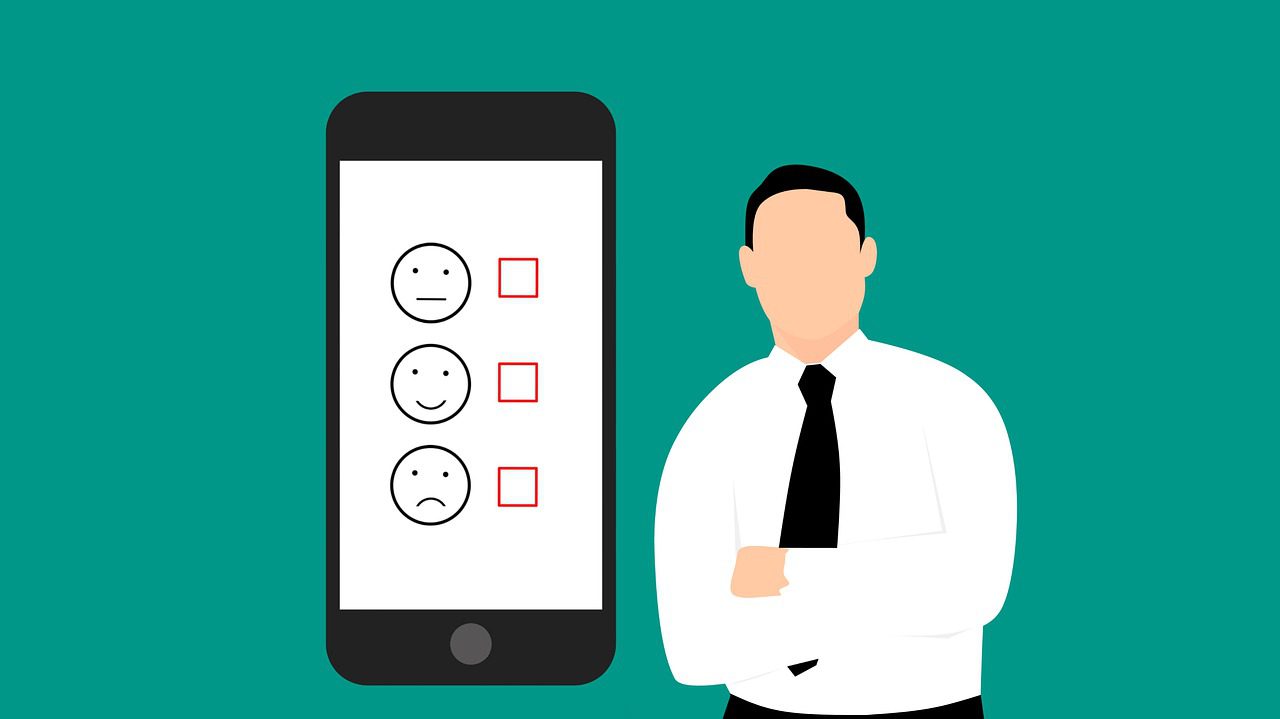Feature
The Current State of Customer Experience in Pharma
June 2021
|

Overview
Customer Experience in Pharma
Recently the DHC has led several initiatives as part of a larger overarching project evaluating the current landscape and future of customer experience within pharma. The objective of the project is to evaluate the current state of customer experience within the pharmaceutical industry, identify what is working, what isn’t, and share ideas, opportunities and knowledge that will enable the industry to move forward in the level of experience and excellence familiar to leading organizations we are all accustomed and attracted to in our lives.
The project began at last month’s DHC May Virtual Summit Series where participants heard from thought leaders from AbbVie, Medallia, Novartis, Petcot, Disney, and GSK. Day two of the summit focused solely on CX topics with sessions and panels discussing customer experience applications in pharma and lessons pharma can learn from other industries. Data collected throughout the project will culminate in the form of a POV to be released at a later date, but this summary highlights some of the preliminary insights from the research conducted so far.
Summary
1
The Future of CX in Life Sciences
Although the industry has made progress in customer experience there’s still a lot of work to be done. Richard Schwartz, Life Science Industry Practice Lead, Medallia, says looking to companies outside of the life science industry who are executing customer experience impeccably well may be a great place to start. Companies such as Apple and CVS have placed customer experience at the center of their business. The organizations that are relentless about gathering, understanding, and responding to the direct and indirect voice of the customer serve as worthy “anchors”.
“…and at the end of the day, that’s what we’re looking for, we want to be heard, we want to be understood, and we want our expectations met.”
– Richard Schwartz
2
CX Defined
Customer experience is defined differently based on who you ask. It can differ across organizations, brands and even the customer themselves. However, we seem to agree that at its core customer experience is about building relationships whether it is with a patient, physician, or caregiver and “listening and acting upon the voice of the customer.” Patients and healthcare providers enter into engagements with expectation. The gap or surplus between the expected and what actually happens is the experience. CEM or Customer Experience management requires brands to understand these gaps and resolve them and to model these moments of surplus and repeat them.
For healthcare professionals it may be creating an experience that enables physicians to realize their passion for caring for patients and making their job easier. For patients the approach to creating a positive customer experience could be very much the same, making the treatment process easier, giving people the information that they need to understand what they’re going through, when and how they need it and to support their caregivers as well.
Mostly, we have to differentiate Cx from service. Service is where you end up when the experience is broken or not optimally designed. Service is a cost, experience is an investment. Cx also is not just about your marketing, sales, support, supply, or medical communications. ZIt is a harmonization of the engagements.
3
CX Across the Organization
Who’s responsible for customer experience? Everyone. Organizations who are considered leaders in executing customer experience successfully work cross functionally across all divisions and teams and share in the responsibility of CX. Employees play a key role in closing the loop within the organization to solve customer problems.
“There’s a flywheel effect when, when empowered and heard employees collide with customers. And there’s the opposite – what Jim Collin’s called a Doom-Loop in his book Good to Great l when employees who are dissatisfied frustrated, or even angry meet with a customer who is the same, that’s a recipe for disaster.”
– Richard Schwartz
In fact, once a company begins to truly adopt a customer-centric mindset “the architecture of the experiences begins long before the products and services are developed.”
4
Current Challenges & Barriers
Most organizations struggle with embracing customer feedback. Some are hesitant to face the challenges that are brought to light and perhaps don’t really want to hear where they may be falling short of customer expectations. “Part of achieving customer centricity is normalizing the feeling of discomfort and realizing it’s part of the process.” The journey to true customer centricity is viewing feedback as an opportunity to improve the experience.
Another challenge is building the business case for CX and developing meaningful metrics (beyond operational metrics) to measure success. Without leadership buy-in customer experience doesn’t really gain traction within the organization. Cx lighthouses have Cx at the center. They are relentless about it. Depending on the organization and mindsets of leadership, it may require the right evidence to help people understand the differences between it and what they do today. The potential impact of CX is well documented when it is well integrated into the business model and the fiber of the organization.
Get Involved
Survey
Share Your Opinion
You are invited to contribute to the project with your thoughts and experience by taking this 5 – 7 minute survey. Your responses will be strictly confidential. All survey entries will be entered for a raffle of one of five $100 Amazon.com gift cards.
Insights with Innovators
The Customer Experience Roadmap is Paved in Empathy & Emotion
Check out this article with Amy Turnquist about the universal role that empathy and emotion play in creating exceptional experiences, building trust, and establishing brand affinity.
Webinar
Customer Experience in Life Sciences: 2021 Industry Landscape
Mark your calendar and register today for this upcoming webinar taking place July 21, 2021 at 12PM Eastern.
